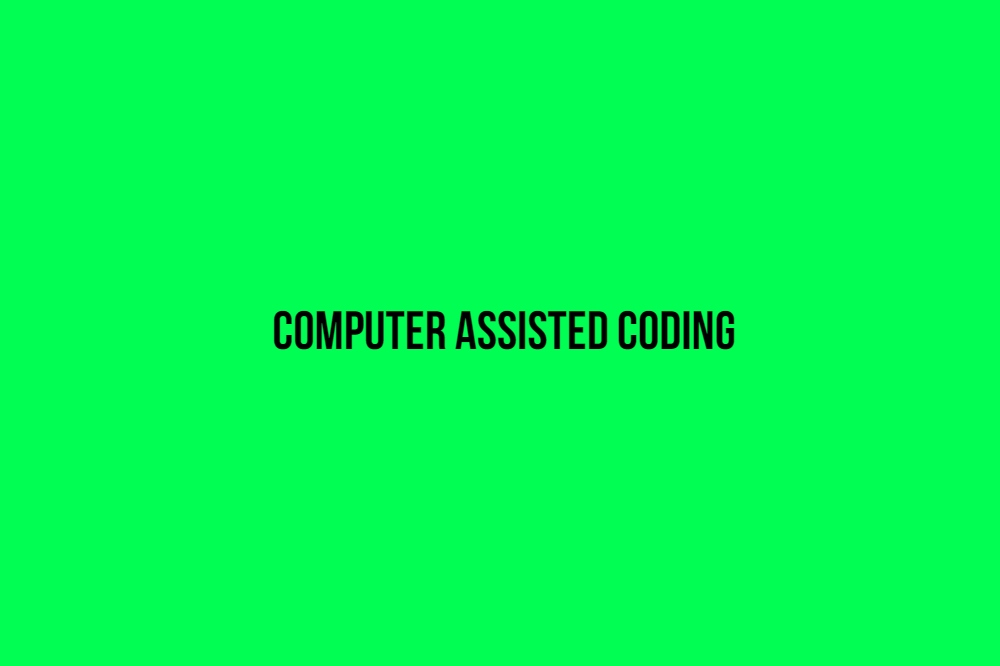The adoption and use of new technology is driving several new trends in the healthcare industry. As the industry moves towards becoming more patient centric, interoperability and security measures are bound to progress at a steady pace. One of the fastest moving trends, electronic health information exchange (HIE) will see an increased adoption by all providers along with a much greater interoperability between Federal and State agencies on one hand, and the private sector providers on the other. The emerging patterns also show that there will be more consumer and patient participation in the use of electronic health information exchange. All indicators seem to point to an increase in patient engagement in health information exchange, which in turn will also give a momentous rise to security measures to prevent breaches and maintain confidentiality of patient records.
As 2015 draws to a close, let us look at some of the predicted trends for interoperability electronic exchange of health information for 2016.
Increase in Direct Exchange Reliance
2016 will see a dramatic rise for secure, interoperable transfer of patient health information, leading to an increased reliance on direct exchange among all providers. While secure health information exchange has been mostly driven by Meaningful Use, it is now expanding to include other use cases. This will ensure that healthcare teams which are geographically separated, will have access to clinical patient summaries. We can look forward to secure EHR-to-EHR exchanges, predominantly carried via the Direct Protocol, in the majority of communities where healthcare is delivered in a multi-vendor environment. This in turn will increase value based purchasing agreements between providers, making mail and fax communications nearly obsolete.
Phasing out Meaningful Use
There is speculation that Meaningful Use could be phased out in 2016. The Meaningful Use program has already accomplished its goals of EHR adoption and interoperability via Direct, but it has also alienated many within the healthcare provider group by expanding the Stage 3 version of its regulations. Many believe that the requirements of Stage 3 will not align with MIPS (Merit-Based Incentive Payment System) and MACRA (Medicare Access and CHIP Re-authorization Act), under which Medicare will pay for value and performance, rather than on volumes of healthcare.
Movement towards Greater Interoperability
2016 will see agencies that own and operate care delivery facilities seek secure and interoperable means of sharing data with the private sector, and move to the frontline of greater inoperability. Faxes, mails and paper transport of health information will be replaced with Direct Exchange and/or other secure means of data exchange. The Department of Defense, the Veterans Health Administration, Indian Health Service and state Health Departments are the prime candidates for this change. State Medicaid Agencies, the US Postal Service and Medicare will be amongst those who will take advantage of the provider’s capabilities and use the electronic data exchange through their EHRs.
Enrichment in Personal and Professional Use
It is believed that electronic access of personal health information by patients and consumers, will “free” the data confined in health insurance companies, EHRs, health departments, pharmacies, pharmaceutical and e-prescribing systems, HIEs and HINs and research programs. Trends indicate that we will witness the development of patient facing applications, which will allow both patients and consumers to take advantage of this ‘big data’ aspect. Putting together content from multiple locations and services should create enrichments in professional and personal use. However, privacy and security risks will need to be examined and dealt with.
Involvement of Consumers and Patients in the Electronic Exchange
The electronic exchange of health data will provide greater access to their clinical records for the patients, allowing them to shift and pass on this information at any time and to whoever they would wish to. 2016 will see a greater willingness on the part of data provider organizations to engage and allow this patient and consumer accessibility.
Security, Identity and Privacy will be the Key
With the increase in the use of electronic health information exchange, there will be an increase in the actions taken to mitigate data breaches. 2016 will see more rigorous certification, higher accreditation, better security and identity controls. These will be the first conditions to participate in the data exchange. We envisage routine testing of intrusion detection coupled with two factor authentication to medical record systems. The risks of data breaches in healthcare are too high to be tolerated and cyberspace risks to privacy, identity and security will become the key factor in electronic health information exchange.



